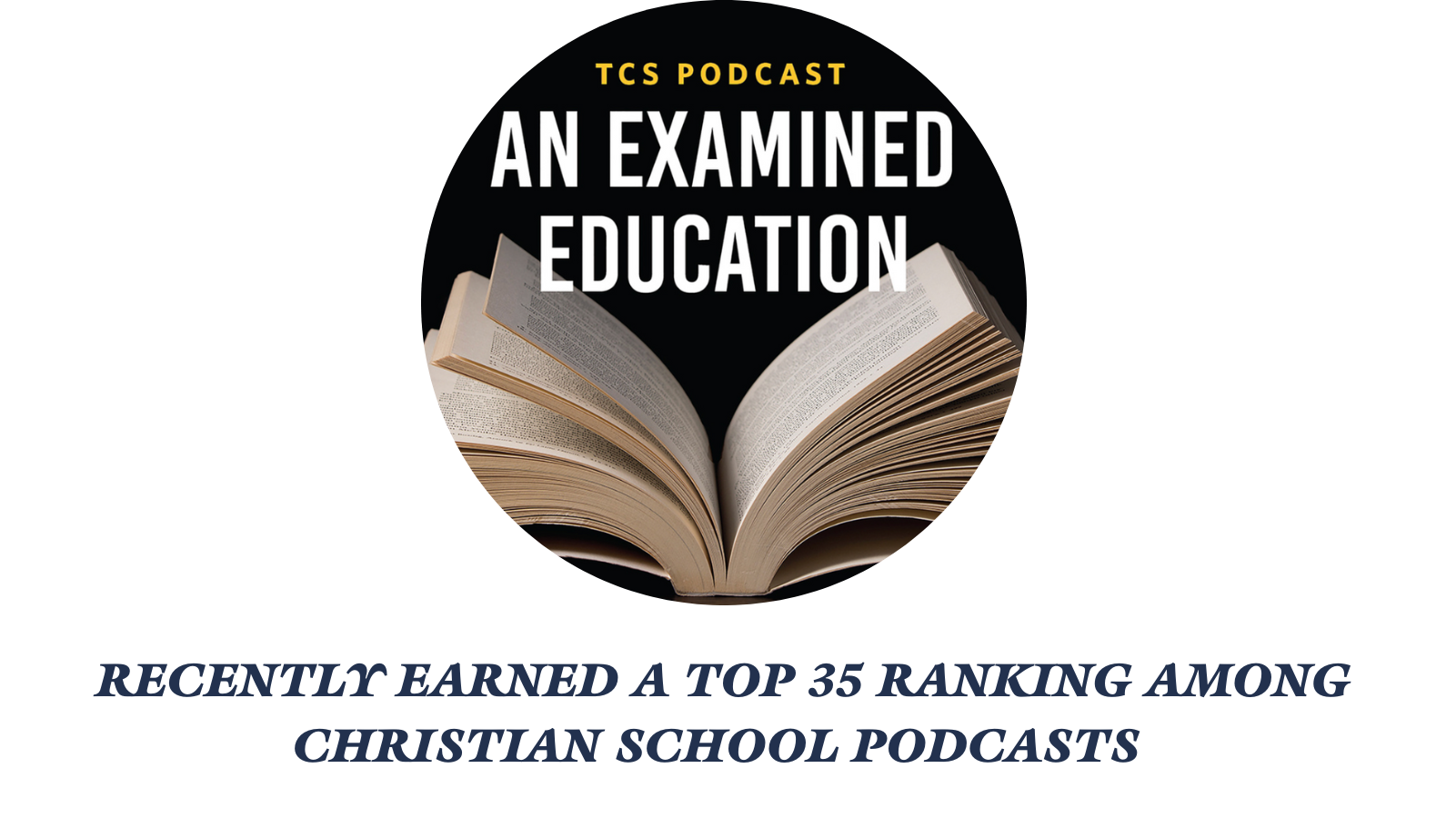
Introduction
At Cambridge, we challenge our students with literature that demands a deeper level of thought and comprehension. “Moby Dick” by Herman Melville, often perceived as a daunting text, is introduced to our students under the premise that it’s typically understood by those in their thirties or forties due to its complex themes. This approach ignites curiosity among our students, offering them an early insight into a novel that is much more than its surface suggests.
Beyond the Whale
Our initial guidance to students is to look beyond the apparent. While “Moby Dick” does feature a whale, its essence revolves around irony, requiring meticulous reading and interpretation. Our educators encourage students to slow down, allowing them to form their own insights over time. This process reveals that the novel’s surface-level narratives are often deceptive, leading to a richer understanding as the story progresses. Viewing “Moby Dick” as a puzzle, we invite students to see it as a reflection of their journey, addressing how one navigates the complexities of modern life.
Navigating Truth in a Sea of Interpretations
Melville’s masterpiece resonates with contemporary issues, particularly the challenge of discerning truth amidst a flood of interpretations. This theme, relevant both in the novel’s 1850 setting and today’s political and informational landscape, prompts students to critically evaluate what constitutes truth. Through Ishmael’s (narrator) quest for understanding, students find parallels in their quest for clarity in today’s world, marked by deep fakes, AI, and political propaganda.
The Quest for Identity and Truth
From the iconic opening line, “Call me Ishmael,” the novel introduces themes of identity and masquerade. Initially, Ishmael’s reliability as a narrator is questioned, immediately setting the stage for a journey through his trauma and the pursuit of truth. This initial intrigue invites readers into a narrative where reality is constantly questioned, blending the lines between truth and fiction.
Furthermore, the connection to scripture, exemplified through characters like Ishmael and Ahab and references to the Book of Ecclesiastes, significantly enriches the novel’s thematic depth. The question of whether “Moby Dick” serves as a retelling of Ecclesiastes invites contemplation on living amidst uncertainty. Moreover, the novel’s departure from traditional storytelling, exemplified by the Pequod never returning to land, symbolizes the perpetual search for meaning in an uncertain world, urging readers to reflect on their own quests for understanding.
Conclusion
Melville crafts “Moby Dick” as a performative work, intending for readers to emerge as more discerning interpreters of literature and life. The novel’s structure, leading to a climax of action in its final chapters, mirrors the reader’s progression through stages of irony, cynicism, and ultimately, a longing for understanding.
For our students, “Moby Dick” is not just a literary exercise but a profound exploration of life’s complexities. By engaging with this classic, students learn to navigate the puzzles of literature and existence, approaching the world with a cautious yet earnest desire for truth.
Resources
Interested in hearing more? Cambridge’s very own, ‘An Examined Education,’ recently earned a top 35 ranking among Christian School Podcasts! Be sure to listen to our newest episode where we dive into the intricate layers of “Moby Dick” and what it reveals about the human condition.
Schedule a tour today to witness thoughtful discussions, and the transformative power of an education rooted in the timeless wisdom of great literature rooted in great curriculum through a classical, Christian perspective and lens.

